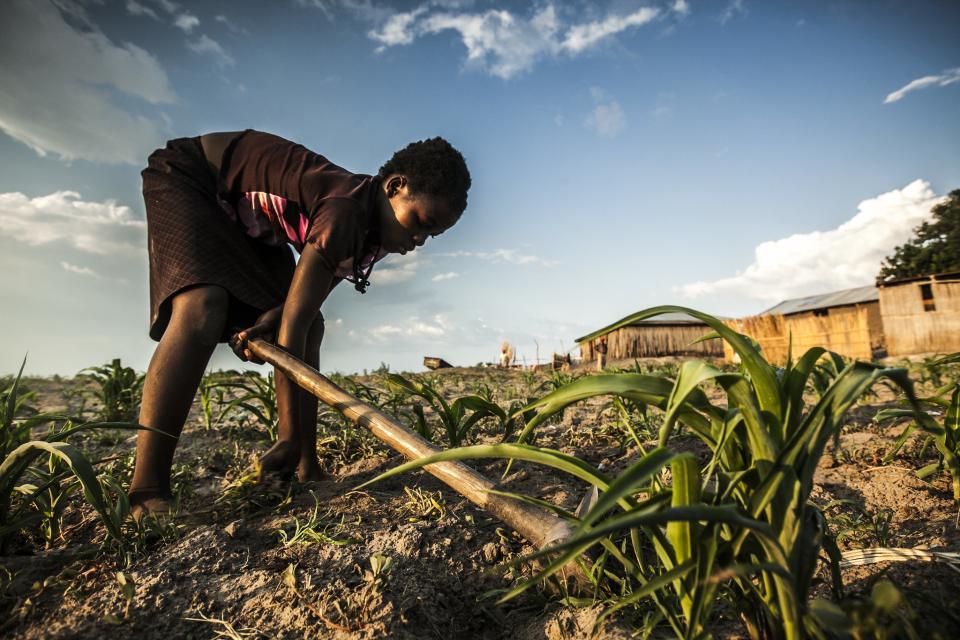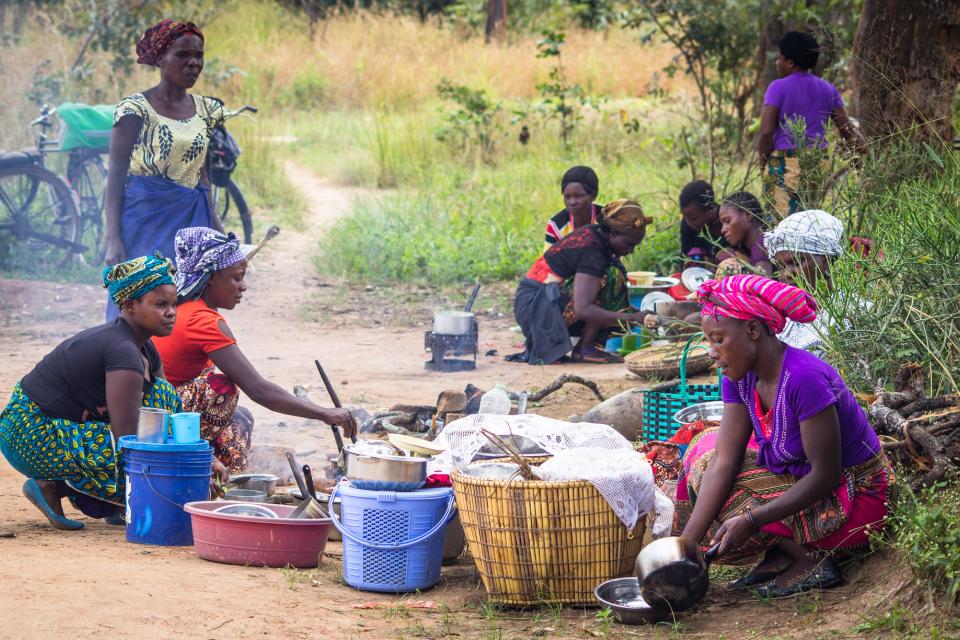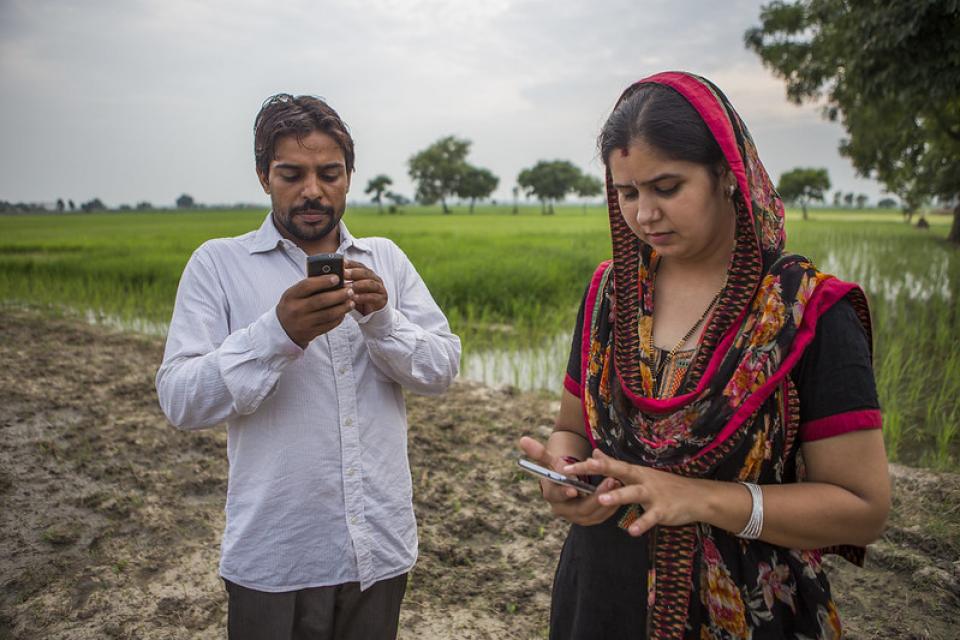Gender scientist Dr. Dina Najjar discusses drylands and the IPCC report
 Photo: Michael Major/Crop Trust
Photo: Michael Major/Crop Trust
ICARDA Gender Scientist Dr. Najjar reacts to the Assessment report of the IPCCC and reflects on why men and women experience and respond to climate change differently. She shows that women’s roles in farming and irrigation are often not recognized by official entities-while their access to land tenure, technology and inputs remain limited.
ICARDA: Tell us about the critical role that female farmers play in responding and adapting to climate change across the dry areas?
Dr. Dina Najjar: Female farmers’ roles are crucial for resilience: they tend to small ruminants and chicken, which are the very first resources to be sold in case of a shock, climate-induced or otherwise. In certain communities, these animals are called “cash” for that exact reason.
Women also contribute to households’ livelihoods diversity by manufacturing and selling products to local markets, such as cheese, harissa (chilli paste) and so on, which brings in substantial additional income, in the form of surplus to household's subsistence.
Finally, because of more frequent and protracted droughts, many men from the rural areas of Syria, Morocco and elsewhere in the drylands, out-migrate to cities or abroad, leaving the farm responsibilities in the hands of women. As a result, women must add this agricultural workload to their existing housework and family-related chores.


